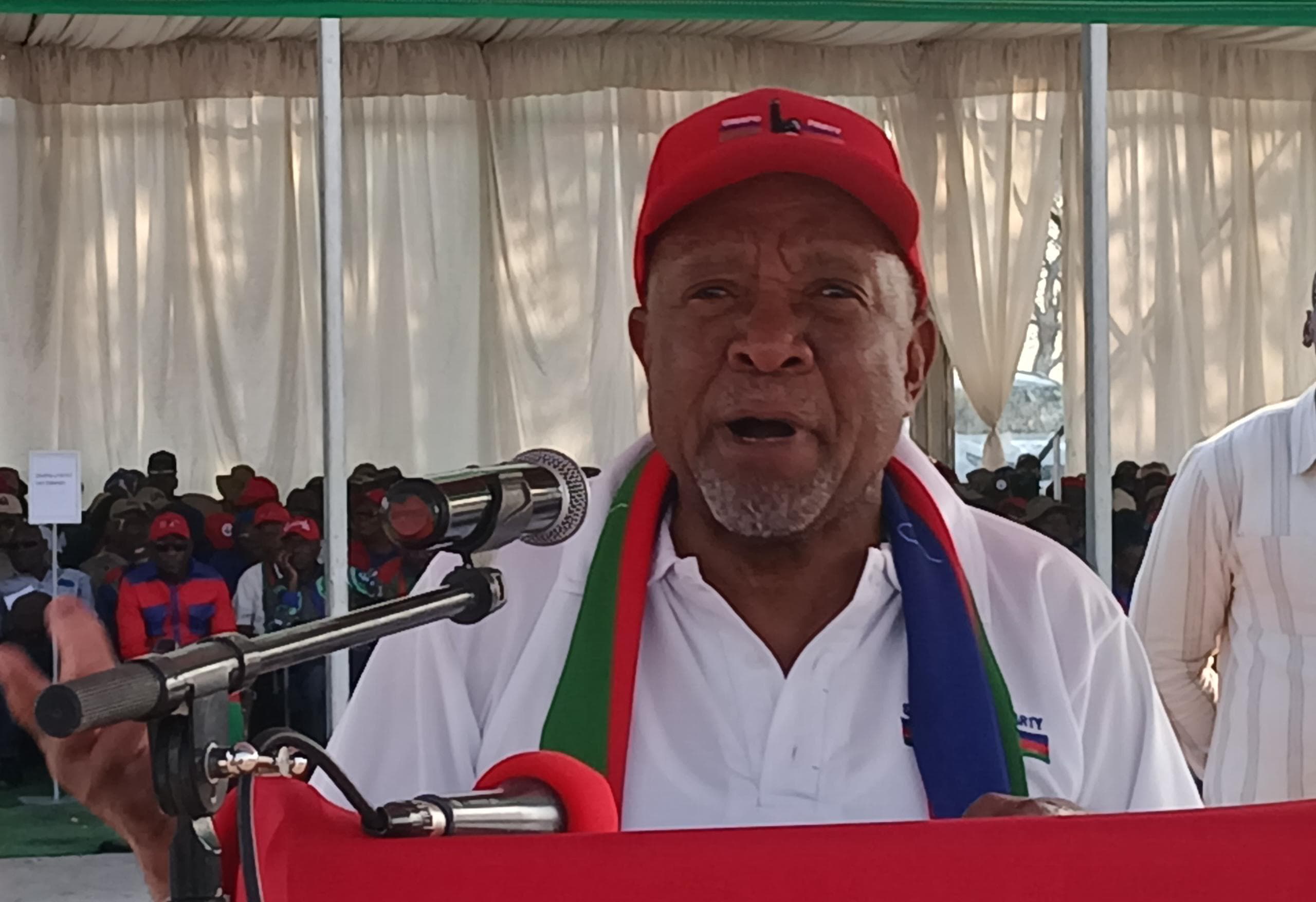17 June 2024
I feel good to be here with all of you today to discuss the critical importance of paving the way to determine and assess the potential risks and impacts of mineral exploration drilling and mining in the Stampriet Artesian Transboundary Aquifer System.
This aquifer is known for its abundance and reliability regarding fresh water, and for its vulnerability. It has been declared a subterranean water-controlled area due to its significant groundwater potential and the need for protection. Under the new Water Resources Management Act, it is now designated as a water protection area.
Allow me to provide some background. All borehole drilling and water abstraction in water-controlled areas are subject to water-use licensing. The declaration of a water protection area is carried out in accordance with Section 85 of the Water Act by the minister, either on their own initiative or upon application by an interested party.
This is done to protect water resources, riverine habitats, ecosystems, or other environmental resources that are at risk of significant changes in resource quality, depletion, contamination, extinction, or disturbance from any source, including aquatic or terrestrial weeds.
The limitations and prohibitions imposed on activities within the protection area are specified in the water-use licence conditions.
Additionally, no person may contravene or fail to comply with any limitations or prohibitions specified in the notice of declaration of the water protection area. The minister may also amend licences as necessary to enforce these limitations.
As a ministry, we have further identified groundwater vulnerability areas across the country during the update of the geo- hydrological map of Namibia. These mapped zones are crucial for deciding on mining, and other industrial activities. Human activities that pose a risk of groundwater contamination should be prohibited in areas of very high to high groundwater vulnerability.
Exploration drilling and mining activities in these zones put groundwater resources at risk if not conducted appropriately. As a principle therefore, as a dry country, it is essential to agree on methods of exploration and mining that do not endanger the quality or quantity of groundwater resources.
We need to clarify further that in all cases where the utilisation or any impact on a water resource is imminent the provisions of the Water Act are to be complied with fully and that is over and above provisions of any other statute such as the Mining Act or Environmental Protection Act. This means that in spite of having been granted an exploration or mining licence or an environmental clearance certificate, the provisions of the Water Act prevail and must be fully complied with.
This brings me to the Stampriet Aquifer, which is an artesian aquifer stretching across Namibia’s borders into Botswana and South Africa. It is a transboundary aquifer and the number of exploration, prospecting and mining licences issued for exploration and mining within the Stampriet Artesian Aquifer System are of significance not only for Namibian communities, but equally to those in the two neighbouring counties.
In Namibia about 80 000 people are depending on the fresh water sourced from the Stampriet Aquifer. These people include villages, farming communities of both communal and commercial agriculture, and businesses and industrial entities.
Of particular concern are the invasive exploration activities, which often require drilling into the subsurface to understand geology and mineralisation better. These drilling activities frequently intersect water-bearing structures or aquifers used for water supply, which is the only water resource available to users in the area.
If these activities are not carried out as prescribed and with the relevant drilling licence conditions, they could harm the aquifer system. If it is found that licence conditions are not adhered to, the ministry has the authority to take the necessary steps to enforce these conditions.
Pollution risks can be extremely challenging to manage and may lead to disastrous environmental consequences that require costly remediation efforts later, potentially destroying the economic basis of the entire basin. As a ministry, we must take precautionary measures until we can determine the extent of the risk.
We are here today also due to citizen concerns regarding either the risk of mining or, on the other hand, the loss of economic opportunities if mining is prevented. The topic is the proposed uranium in situ leach mining process in the Stampriet aquifer basin. The Stampriet aquifer is vital to Namibia, and our reliance on its resources for irrigating food crops and fodder production for livestock cannot be overstated.
This groundwater system also extends across national borders into neighbouring Botswana and South Africa, potentially leading to competing and conflicting uses for this shared resource. As a government we are very much aware of the risks posed by uranium in-situ leach mining, especially if borehole drilling is not conducted according to the prescribed licence conditions.
While in-situ leach mining is considered to have reduced environmental impacts on the surface compared to conventional uranium mining, its risk to pollute underground water has often been overlooked and these impacts can only be minimised through proper planning, operation, monitoring, and control. We are also aware of cases where projects fail because operational standards and conditions are not followed.
In this regard, the importance of a thorough environmental impact assessment cannot be overemphasised. I am pleased that our environmental legislation aims to prevent and mitigate the significant effects of activities on the environment, but it can be accomplished only if and when comprehensive and thorough impact assessments have been conducted. In the Stampriet aquifer case I am afraid to say the environmental impact assessment did not, if at all, consider the risks of pollution and all its ripple effects downstream.
In conclusion, I acknowledge that Namibia operates under a mixed economic system, with our economy being driven by the mining and mineral extraction sector, including investment in oil exploration. Mining enterprises are closely linked with groundwater, and mining processes raise concerns about groundwater resources. Namibia is a dry country where water resources are scarce and vulnerable to pollution and over-exploitation.
The ministry has the mandate to manage, protect, develop, use, and conserve water resources and ensure water supply security for Namibia’s social and economic activities. Striking a balance between competing water needs is very challenging, but our priority is to ensure the supply of water for human consumption and food production. At the end of the day we cannot survive without water and food, but we can live without coal or uranium.
Therefore we believe it is our duty, as government and responsible citizens, to be cautious about all activities that could negatively impact our scarce, life-giving resource – water. Our job is to make sure the permission to extract a mineral resource from a fresh water aquifer is not harming the Namibian society now and in the future, but is to our benefit.
Stay informed with The Namibian – your source for credible journalism. Get in-depth reporting and opinions for
only N$85 a month. Invest in journalism, invest in democracy –
Subscribe Now!






